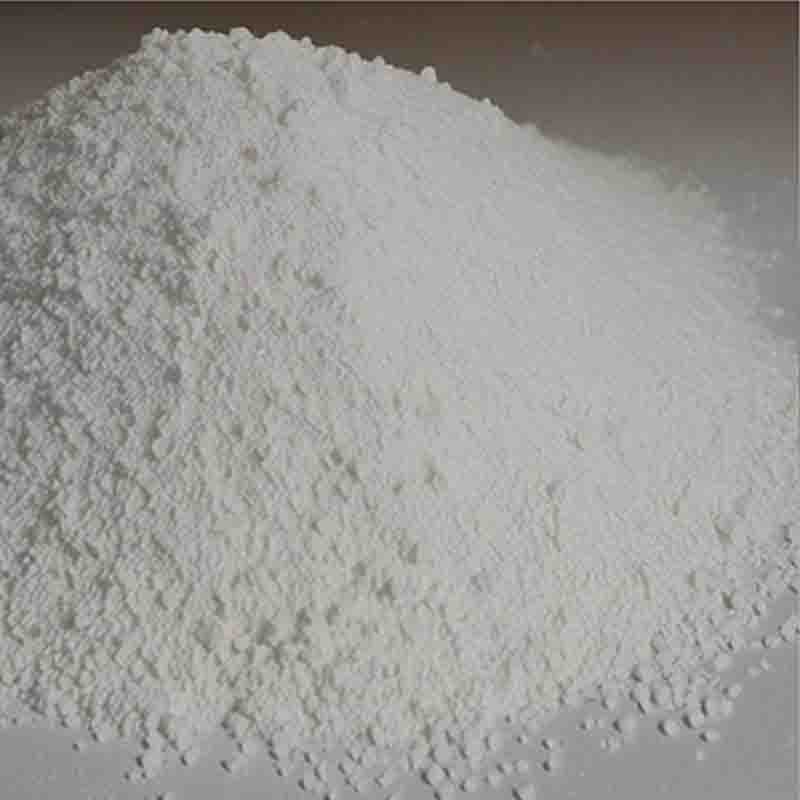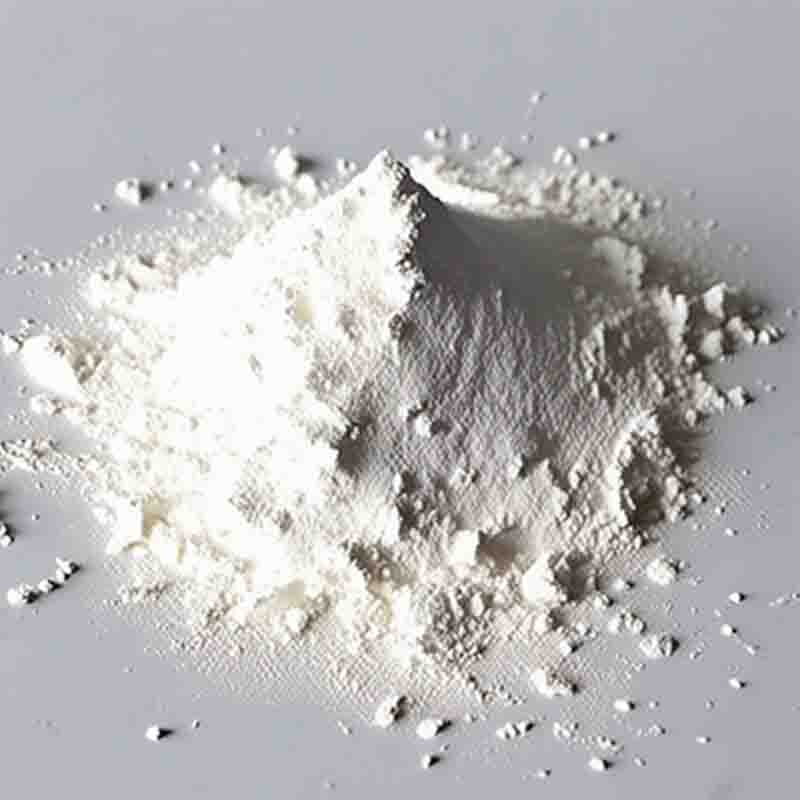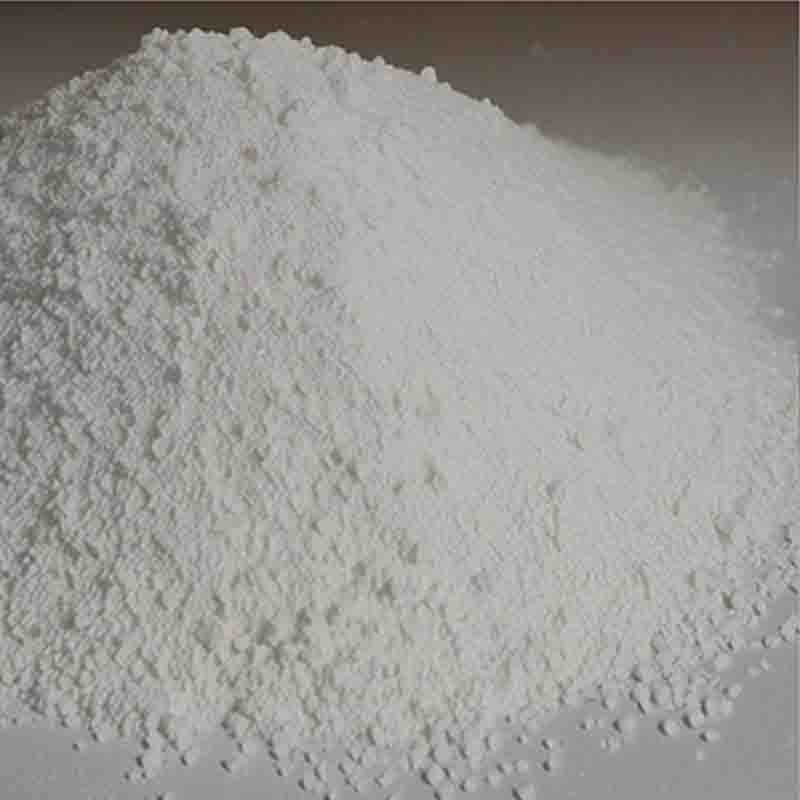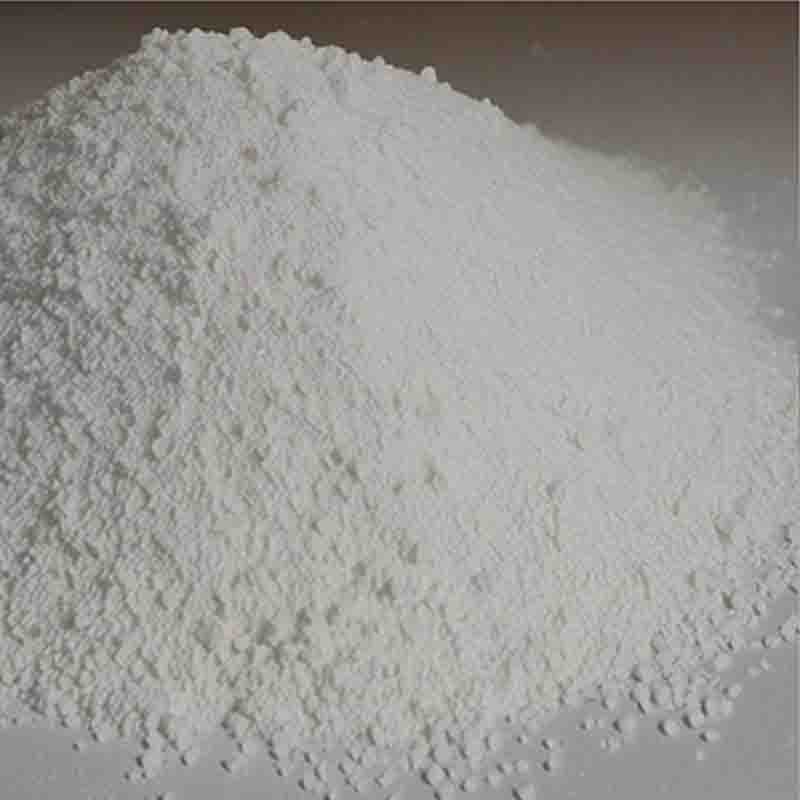4-(4-Chloro-2-thienyl)-2-thiazolamine CAS: 570407-10-2
| Catalog Number | XD93909 |
| Product Name | 4-(4-Chloro-2-thienyl)-2-thiazolamine |
| CAS | 570407-10-2 |
| Molecular Formula | C7H5ClN2S2 |
| Molecular Weight | 216.71 |
| Storage Details | Ambient |
Product Specification
| Appearance | White powder |
| Assay | 99% min |
4-(4-Chloro-2-thienyl)-2-thiazolamine is a chemical compound that has several potential applications in various fields, including pharmaceuticals, materials science, and agrochemicals.In the pharmaceutical industry, 4-(4-Chloro-2-thienyl)-2-thiazolamine possesses promising medicinal properties. It can serve as a key building block for the synthesis of novel drugs with potential therapeutic applications. Its unique combination of a thienyl ring and a thiazolamine moiety provides opportunities for the development of compounds that exhibit diverse biological activities. Researchers can modify and optimize the compound's structure to enhance its pharmacological properties, such as its potency, selectivity, and bioavailability. Due to its thiazole ring, it may have antimicrobial or antiviral properties, making it a potential candidate for the development of new antibiotics or antiviral agents.Furthermore, 4-(4-Chloro-2-thienyl)-2-thiazolamine can find application in materials science. The compound's structure and functional groups make it suitable for creating new materials with desired properties. For instance, it can be utilized as a starting material for the synthesis of polymers or polymer additives that exhibit specific characteristics, such as improved mechanical strength, thermal stability, or electrical conductivity. Additionally, its thienyl and thiazolamine moieties may impart unique optical properties, making it valuable for developing materials for optoelectronic devices, sensors, or organic light-emitting diodes (OLEDs).Additionally, due to its potential antimicrobial properties, 4-(4-Chloro-2-thienyl)-2-thiazolamine could be explored for its application in agrochemicals. It may exhibit activity against various plant pathogens, such as bacteria, fungi, or viruses. Consequently, it could be used as an active ingredient in crop protection products to control plant diseases and improve agricultural yield. However, further research is required to determine its efficacy, safety, and environmental impact.In conclusion, 4-(4-Chloro-2-thienyl)-2-thiazolamine has significant potential in pharmaceuticals, materials science, and agrochemicals. Its structure and functional groups allow for the creation of new drugs with diverse biological activities. It can serve as a building block for the synthesis of materials with specific properties, such as polymers or optoelectronic materials. Moreover, its potential antimicrobial properties make it a promising candidate for the development of agrochemicals to enhance crop protection and yield. However, it is essential to conduct further research to explore its full potential and ensure its safety and efficacy in different applications.









![11-[3-(dimethylamino)propyl]-6,11-dihydrodibenz[b,e]oxepin-11-ol CAS:4504-88-5](https://cdn.globalso.com/xdbiochems/白色粉末21495.jpg)